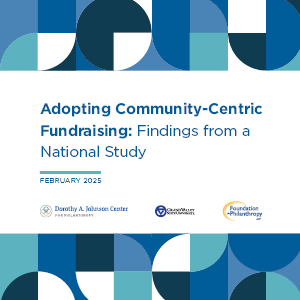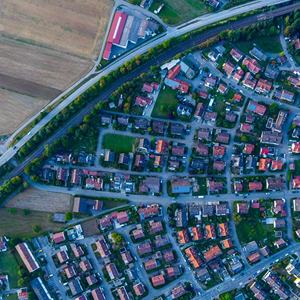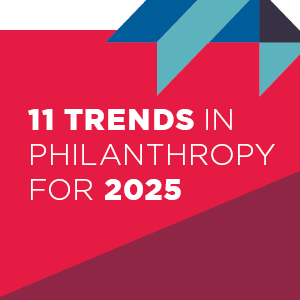Report // Economic Inclusion in Grand Rapids, Mich.
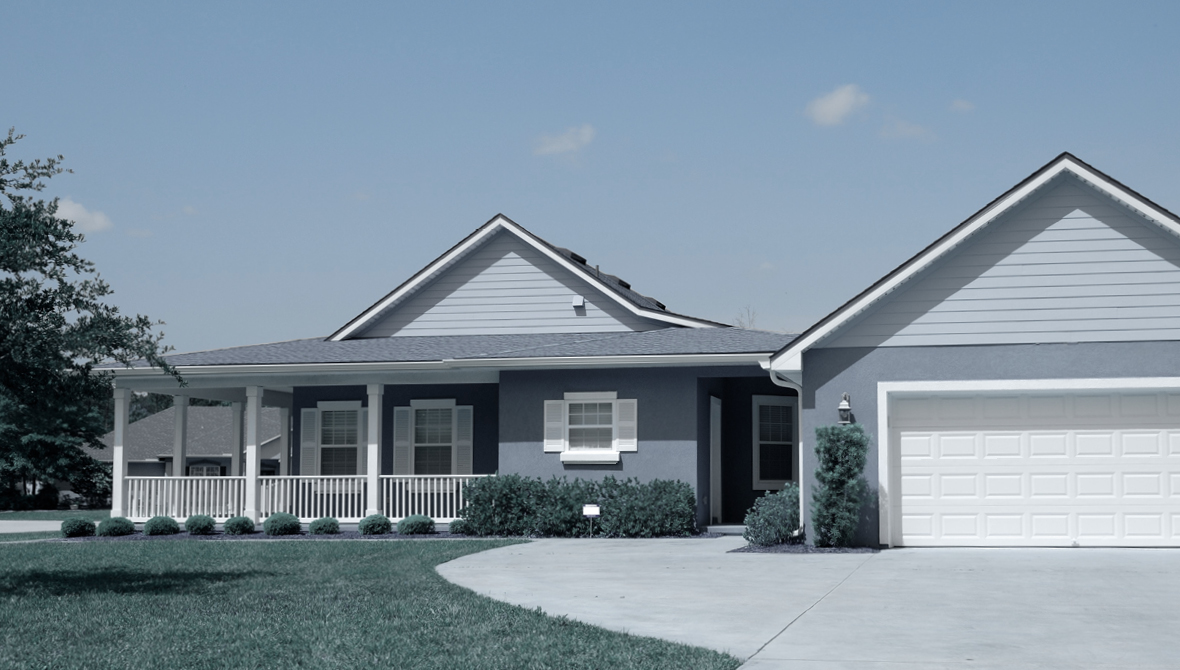
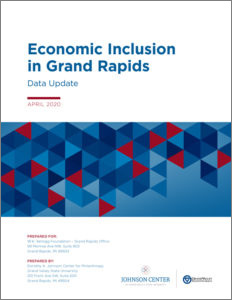 Inclusive growth means that all communities have the opportunity to thrive. Disaggregated data helps us understand how history, policy, and investment affects the conditions in our communities that construct those opportunities.
Inclusive growth means that all communities have the opportunity to thrive. Disaggregated data helps us understand how history, policy, and investment affects the conditions in our communities that construct those opportunities.
A new report from the Dorothy A. Johnson Center for Philanthropy’s Community Data and Research Lab, underwritten by the W.K. Kellogg Foundation, offers demographic and economic data on several Grand Rapids neighborhoods to help inform ongoing work to promote inclusive growth and racial equity in our city.
In the wake of COVID-19, the trends and disparities identified in this report will likely be exacerbated. It is therefore more important than ever to understand the disparities that exist so we can assess local impact and develop targeted, responsive support in our communities.
The Economic Inclusion in Grand Rapids Data Update looks at changes in economic inclusion indicators in 17 census tracts across the west and southeast portions of the city. The area of focus stretches from approximately John Ball Park on the city’s west side, to Eastown and neighborhoods to the south of Wealthy Street.
The report focuses on trends in homeownership, housing, poverty, unemployment, and the workforce, primarily comparing data from 2014 to 2018.
Key findings include:
- Homeownership in these neighborhoods decreased, but the overall number of homes for sale increased — and the median sale price more than doubled.
- While poverty rates in these neighborhoods decreased, the individuals, families and children living there were still more likely to experience poverty than the city overall.
- While unemployment rates in these neighborhoods decreased, Black or African American community members were more than twice as likely as their White neighbors to be unemployed.


